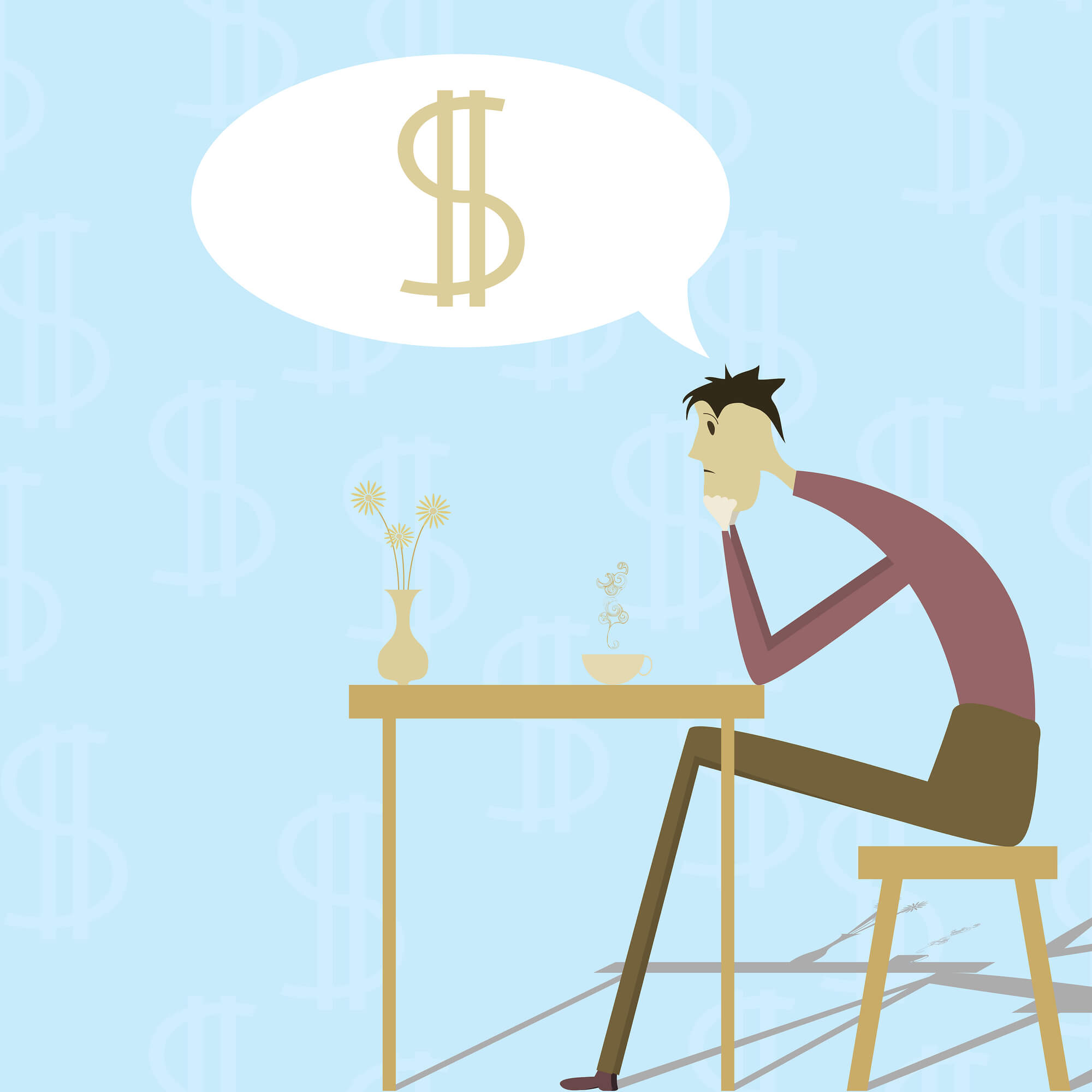People who struggle with substance abuse and addiction need to get help as soon as possible. Rehabilitation programs are available everywhere, from intensive inpatient programs in a luxury resort setting to more bare-bones programs offering outpatient support once per week. It is important to get the best care possible, and the Affordable Care Act lists drug rehabilitation programs among its top 10 essential health benefits.

Many health insurance companies are required to cover drug rehabilitation in some capacity; however, health insurance may not cover the type of program a person desires, or an individual may not be able to afford the portion of the drug rehabilitation program that is not covered by insurance. Sometimes, insurance will cover the initial weeks or months of treatment but won’t cover more than that, even if it is necessary. Many people are still uninsured and cannot get insurance coverage of any kind to support their recovery.
When Financial Help Is Necessary
Rehabilitation programs for drug or alcohol addiction often appear very expensive. The cheapest programs can run $2,000, while inpatient rehabilitation can be upwards of $20,000-30,000 per month. While this might seem like a difficult situation, there are actually many different options for covering drug rehabilitation services. Below are a few suggestions.
Private Finances
It is unlikely that many people plan to struggle with an addiction to alcohol or drugs. In fact, a substance abuse problem can drain personal finances, so many people who decide to overcome their addiction may find that they no longer have savings. Fortunately, there is still hope for raising money for treatment.
- Family and friends: People who struggle with substance abuse issues may strain their relationships with family or friends, but loved ones often want to support someone they are close to when that person decides to enter a drug or alcohol rehabilitation program. Sometimes, they are willing and able to help financially, so it is worth asking for assistance.
- Credit card, private savings, or work income: Using personal money, if available, makes sense when paying for a rehabilitation program. A credit card may be able to cover the cost of an inpatient program, while the individual is likely to still be able to work while participating in an outpatient program. Any money in savings accounts can also go to upfront costs of treatment. Although these sources can place a strain on a person’s other costs of living, overcoming substance abuse is a health issue and should be treated seriously.
- Payment plans: Some rehabilitation programs may be willing to receive installment payments, so contact programs of interest and ask. Oftentimes, the interest rates on these financing plans are better than credit card interest rates.
- Crowdfunding: Many companies and individuals use crowdfunding sites to raise funds for businesses, products, services, art, and much more. Sites like YouCaring.com, GiveForward.com, and Fundly.com all allow users to set up accounts to pay off medical bills, including those associated with substance abuse treatment.
Free Programs
There are a surprising number of free rehabilitation programs. Some of these include:
- State-run treatment programs: These programs may be run by state funding sources like Medicaid or TANF, so they are generally for people who are low-income or unemployed. They are important sources of support for some of the most vulnerable populations.
- Mutual support groups: This includes Alcoholics Anonymous and other 12-Step programs. Thanks to the popularity of AA and the 12 Steps, there are numerous addiction recovery support group meetings with various philosophies, including secular groups. These groups meet about once or twice per week, and they do not require membership dues to attend. However, these groups are not led by therapists and do not provide sufficient support for those who need intensive drug rehabilitation.
- Faith-based programs and charities: Charities like The Salvation Army or Jews in Recovery offer free support services, although those in attendance must either convert or profess belief in the group’s specific religious teachings.
- Online recovery support chat rooms and message boards: These are becoming more popular as they offer anonymous support without leaving the comfort of one’s own home. People can also check in any time of day, from mobile devices or computers anywhere, to get emotional support whenever they need it. While valuable sources of complementary support, many people overcoming substance abuse problems need more substantial, in-person help. These should be used as supportive assistance, rather than as a primary method of treatment.
Scholarships or Charitable Admittance, and Sliding Scale Options
Drug and alcohol rehabilitation programs are dedicated to helping people recover from addiction. Many of these programs will work with clients in financial need to set up payment plans, and they may also offer scholarships and sliding scale options for those with lower incomes, who are unemployed, or who are on government assistance like Social Security Disability Insurance. Rehabilitation scholarships are sometimes referred to as charitable admittance, because donations or public funding may help the program cover associated costs.
Get Help
With so many options to cover the costs of drug or alcohol rehabilitation treatment, there is no reason why help should be out of reach. Speak with an admissions coordinator at a treatment facility to determine which type of treatment program might work best, and ask for help pursuing financial assistance. Medical professionals and therapists can often refer social workers who may be able to help as well.
